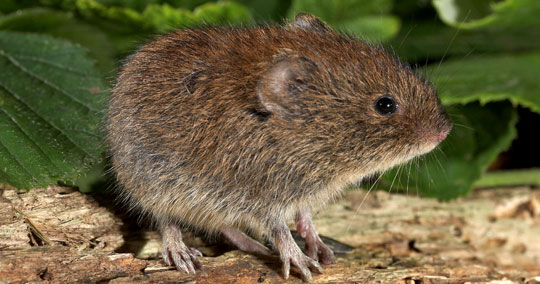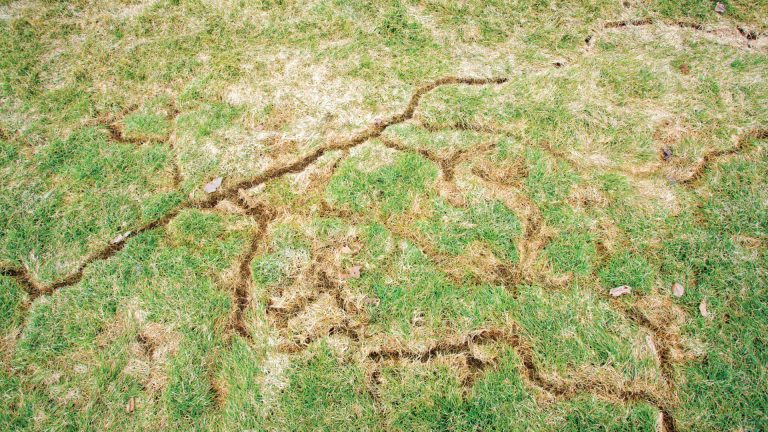Handling Vole Damage: Effective Control Techniques
Handling Vole Damage: Effective Control Techniques
Blog Article
Mastering Vole Insect Control: Thorough Insights on Problem Avoidance and Therapy Strategies
By identifying the subtle signs of vole problem early on, we can take aggressive actions to stop extensive damages. In this conversation, we will discover the nuances of vole behavior, dig into the identification of infestation indications, and uncover the most reliable prevention and treatment techniques.
Understanding Vole Actions
Taking a look at the foraging patterns of voles provides important understandings into their habits and environment choices. Voles, small rats resembling computer mice, are herbivores known for their below ground tunneling activities. By observing their foraging habits, scientists can gain a much better understanding of where voles prefer to develop their environments and the degree of their environmental influence. Voles are prolific dog breeders, with a single female efficient in producing a number of litters in a year, making it critical to comprehend their habits for reliable insect control approaches.
Study indicates that voles show selective feeding practices, favoring origins, bulbs, and seeds. This nutritional choice affects their foraging patterns, leading them to areas rich in plants and ground cover. In addition, voles are known to produce intricate passage systems for foraging and nesting purposes, indicating a high level of adaptability to their surroundings.
Comprehending vole actions is crucial for applying targeted parasite control actions that interrupt their habitat preferences and foraging tasks (vole control). By researching their actions, professionals can establish much more effective avoidance and treatment techniques to manage vole problems

Identifying Indicators of Vole Problem
Vole invasions can be discovered by acknowledging specific indications of their existence in an area. One of one of the most usual indications of a vole infestation is the visibility of surface paths. Voles produce networks of narrow paths on the ground that are normally about 2 inches large. These paths are often located in grassy locations or below mulch or ground cover where voles can relocate freely and look for food.
Another crucial sign of vole invasion is the existence of little burrow openings in the ground. Voles dig shallow burrow systems with numerous entries and leaves. These burrows offer as sanctuary and nesting websites for the voles. In addition, voles are understood to leave behind eaten plant stems, origins, and bulbs near their burrow openings, showing their feeding activity in the area.
Additionally, vole droppings can additionally signify their existence. Vole droppings are tiny, brown, and round fit, looking like grains of rice. Finding these droppings along runways or near burrow openings can validate a vole problem. By being vigilant for these indicators, residential property proprietors can quickly address vole invasions and stop additional damages.
Carrying Out Positive Avoidance Procedures

Furthermore, utilizing all-natural vole deterrents like castor oil-based repellents or predator pee can serve as reliable precautionary measures. It is likewise advisable to consistently examine exterior spaces for any type of signs of vole activity, such as runways or delve openings, to address prospective problems quickly. vole lawn damage. By taking on these proactive prevention approaches, homeowner can significantly minimize the chance of vole damages and maintain the health and wellness and visual appeals of their landscapes
Reliable Therapy Techniques
Incorporating targeted capturing techniques and utilizing approved rodenticides are essential components of reliable treatment strategies for taking care of vole invasions. Regular surveillance and upkeep are also vital elements of successful therapy methods to ensure that vole populaces are maintained under control. By integrating trapping, rodenticides, environment modification, and regular tracking, effective vole bug control can be achieved.
Surveillance and Maintenance Tips
Keeping a methodical schedule for surveillance and carrying out regular maintenance activities is important to maintain the efficiency of vole parasite control steps. Normal monitoring enables the very early detection of vole activity, enabling timely intervention before infestations intensify. To successfully keep an eye on vole populaces, purposefully put catches can be made use of in vole paths or near burrow entryways. By routinely inspecting these traps, building proprietors can determine the level of vole task and readjust control approaches accordingly.
Additionally, maintaining a well-kept and neat landscape is necessary in vole avoidance. Clearing up away particles, such as heaps of timber or thick plant life, removes possible vole environments. Routinely cutting yards and trimming greenery helps in reducing vole hiding spots and reduces their access to food resources.
Additionally, continuous upkeep of physical obstacles, such as fencings or wire mesh, is essential to stop vole breach. Checking and click now fixing any type of damages to these frameworks ensures that vole control continues to be reliable in securing residential or commercial properties from infestations. By including these tracking and maintenance practices right into a detailed vole insect control plan, people can efficiently take care of vole populations and shield their homes from damage.
Verdict
In verdict, grasping vole pest control calls for a solid understanding of vole actions, the capability to identify indicators of Visit This Link invasion, implementing proactive avoidance steps, efficient treatment approaches, and constant monitoring and upkeep. By taking a comprehensive strategy to vole control, individuals can properly manage and protect against infestations, inevitably shielding their property and bordering setting from damage triggered by these small rats.
In this discussion, we will discover the nuances of vole habits, dive into the identification of problem indicators, and uncover the most reliable prevention and treatment techniques.Incorporating targeted trapping techniques and making use of approved rodenticides are necessary parts of effective treatment approaches for managing vole invasions. To successfully monitor vole populaces, purposefully placed traps can be used in vole paths or near burrow entries. Inspecting and repairing any type of damages to these structures makes sure that vole control continues to be reliable in safeguarding residential properties from invasions. By including these surveillance and upkeep techniques right into a comprehensive vole insect control plan, individuals can efficiently handle vole populations and safeguard their residential properties from damages.
Report this page